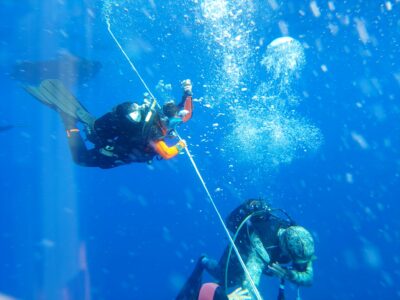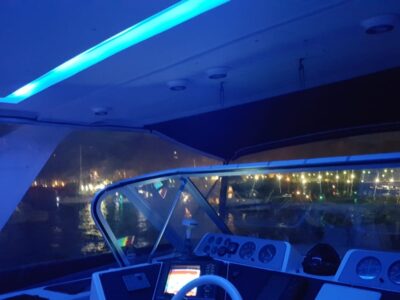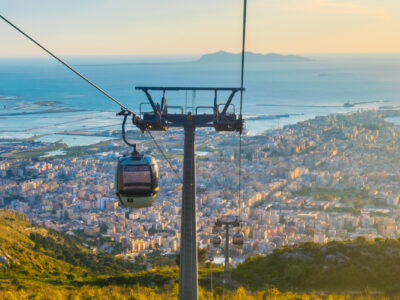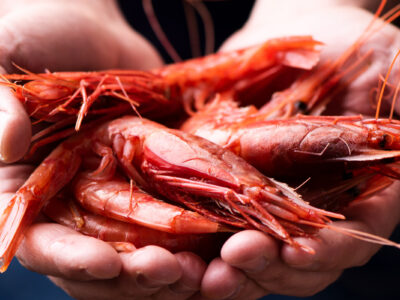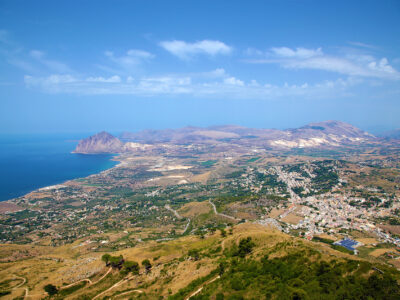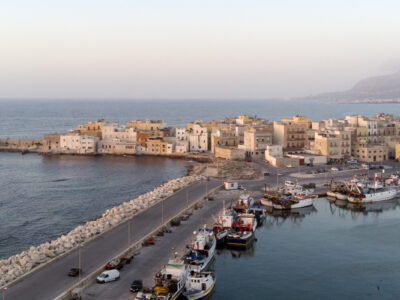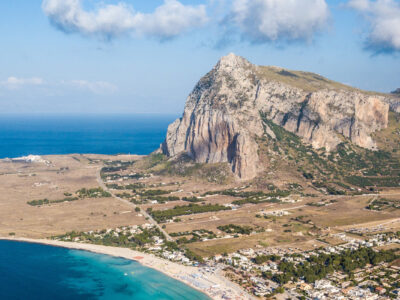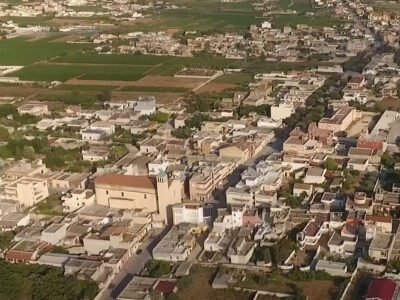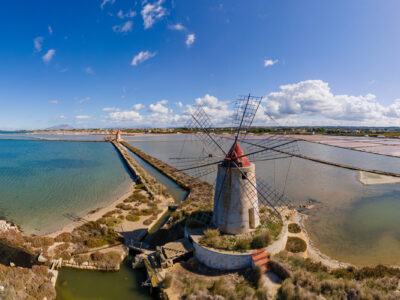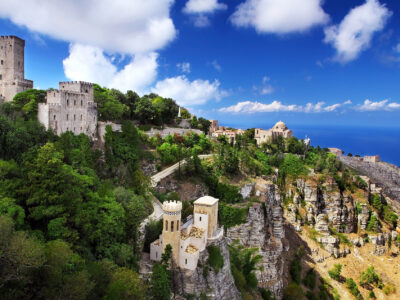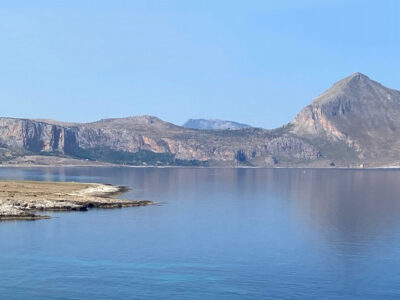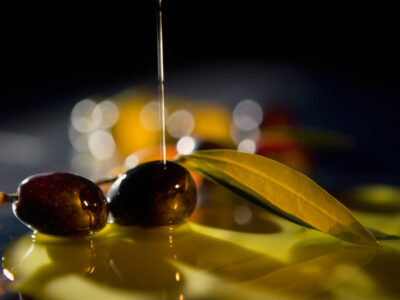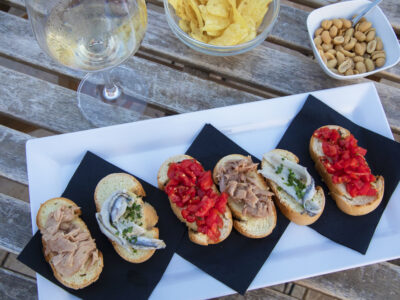Trapani

The Sanctuary of ‘Maria SS. Annunziata rises in the Borgo (village or suburb) where there was a small 13th-century church dedicated to Santa Maria Nunziata. This church, along with the surrounding space, was donated by notary Ribaldo to the Carmelite Fathers after they arrived in Trapani, between 1224 and 1240. The friars transformed the church into […]
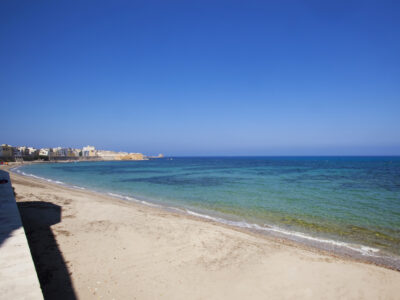
Trapani is one of those cities where you can bathe already just off its ancient walls. Starting with the flat rocks of the isthmus of Torre di Ligny, where in ancient times the famous “Petra Palazzo” was quarried, there are many places where you can bathe, such as the small beaches near the walls of […]
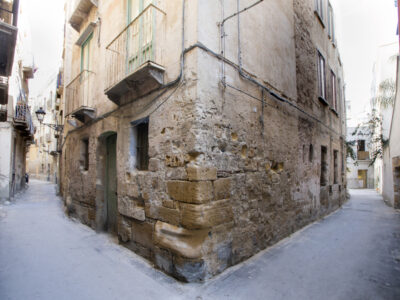
The historical centre of Trapani, in the general framework of Sicily’s history, is an emerging place of culture and traditions, the image of an ever-changing historical, social and economic reality. The oldest district of the city, known as ‘Casalicchio’, originally developed near the harbor and the church of St. Peter including the districts of Giudecca […]
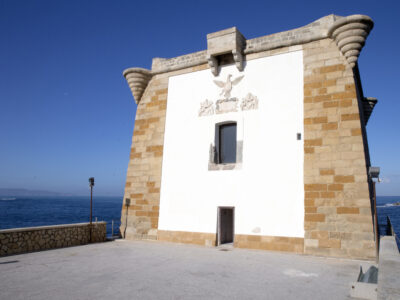
The Ligny tower is set on the westernmost tip of the city on the rocks that form the continuation of the narrow strip of land of the ancient city, between the Tyrrhenian Sea and the Strait of Sicily. It was designed by Carlos De Grunembergh and built in the period of Spanish domination (1671) at […]

Extending over approximately 986 hectares, the Trapani saltpans represent a unique habitat for a very precious bird life and flora, giving hospitality to more than 200 animal species, as well as plant species, both macroscopic and microscopic, endemic and with a wide geographical distribution. Its natural marshes, in fact, are a valuable food resource for […]

Rites, processions, religious services that unite faith, traditions and also folklore, characterize the Easter week. Short parades with palms in the churches, during the Sunday before Easter, give start to the Holy Week rites. On Tuesday there is a procession of the painting ‘Madonna Addolorata’ (Our Lady of Sorrows) known as the ‘Madonna dei Massari’ (lit.Virgin […]
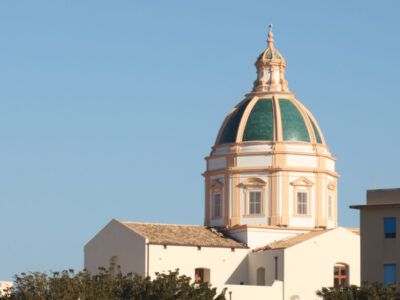
He’s known as “u santu patri”, the Holy Father, and seafarers and sailors of the city are devoted to him. They attribute to him a sacrilegious heritage, capable of denying the hagiographic hierarchies of the Christian and Catholic tradition How can he be called “santu patri” by seafarers and sailors? Is it possible that there […]

The cathedral of San Lorenzo has ancient origins that date back to year 1102; renovated in the first half of the 14th century, it was elevated to parish by Alphonse the Magnanimous in 1421. In the 17th century it was enlarged by Friar Bonaventura Certo and in 1748 took on its current appearance thanks to architect G. […]

Used until a few years ago for the sale of fish, with its characteristic counters, the Piazza in its present layout is that proposed by engineer Giovan Battista Talotti in 1874: a semicircular portico with rounded arches, enriched by a fountain with a statue of Venus anadyomene (litt. “emerging” from waters) in the middle. Its […]

According to tradition, the Sea Castle, commonly known as ‘Colombaia’ (Dovecote), was built by Hamilcar Barca on a small island at the eastern end of the harbour, at the time of the First Punic War. Also known as Peliad Tower, the name Colombaia derives from the islet named Peliàdes from Geeek peleia, dove (specifically rock […]


